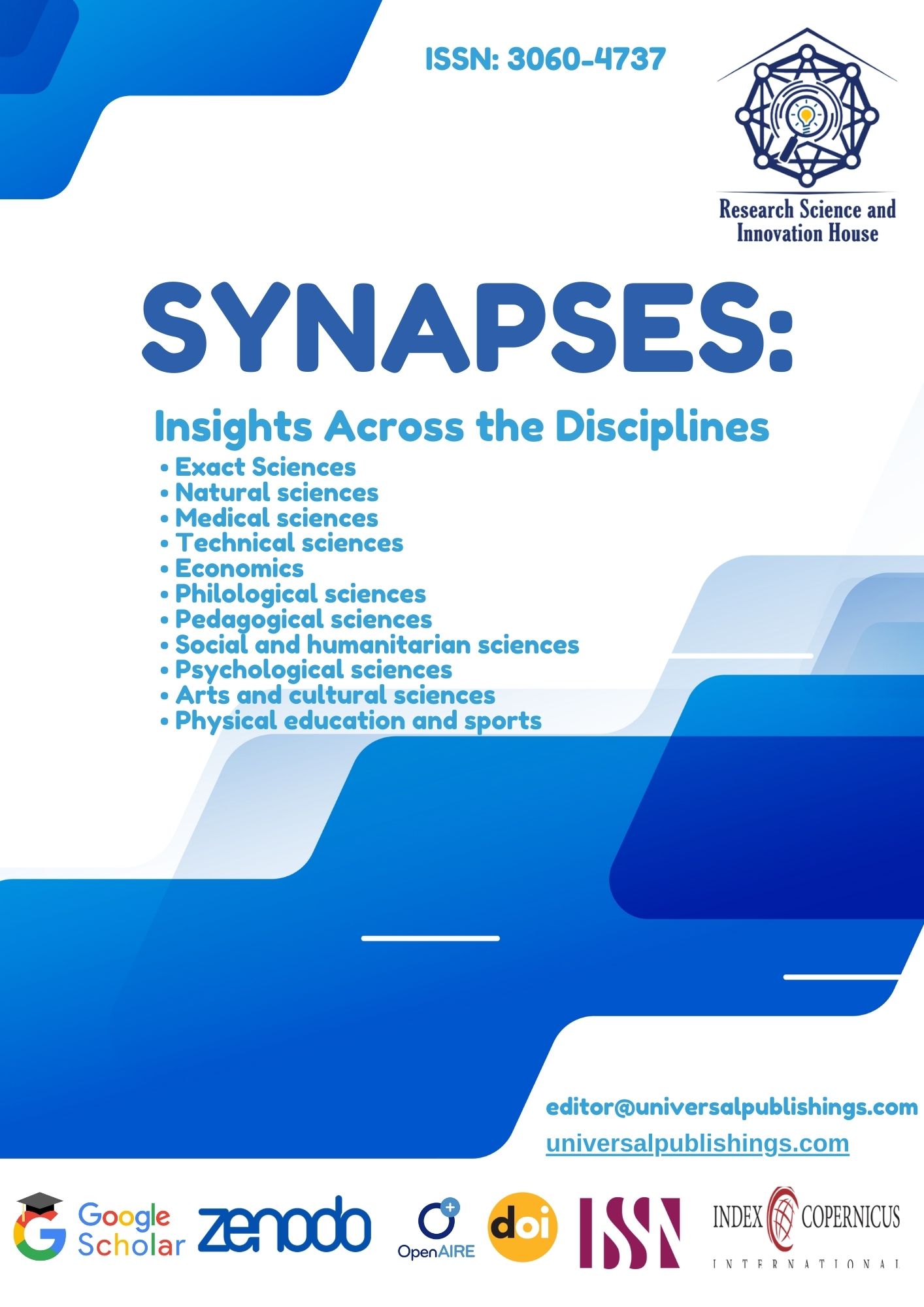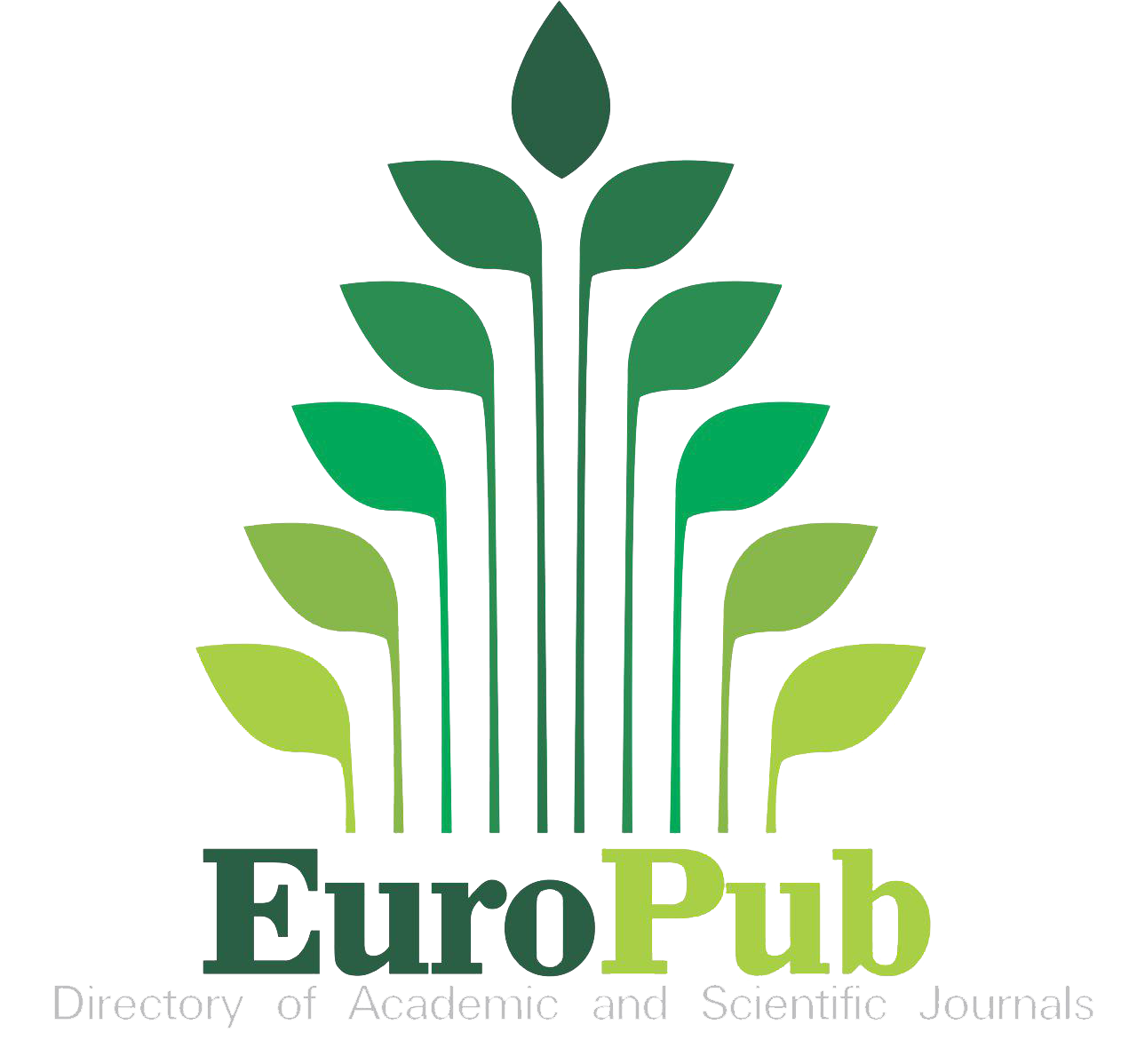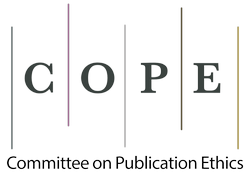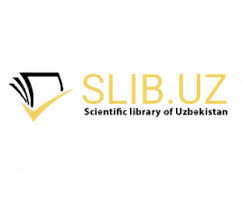THE ISSUES OF TRANSLATION OF PHRASEOLOGICAL UNITS
Keywords:
phraseological units, translation strategies, phrasemes, sayings, complete congruities, incomplete similarities, non-congruities, phraseological equivalenceAbstract
Deciphering a phraseological unit is certainly not a simple matter as it relies upon a few elements: different combinability of words, homonymy, synonymy, the polysemy of phraseological units, and the presence of erroneously indistinguishable units, which makes it important to consider the specific circumstance. Also, countless phraseological units have a complex expressive part in significance, which normally has a particular public element. The in advance of referred to decides the need to get to know the fundamental standards of the overall hypothesis of manner
References
1. Dik S. C. Functional Grammar. — Amsterdam – NewYork – Oxford: North-Holland Publ. Comp.,2012. — 230 p.
2. Davidson D., Harman G. Semantics of Natural Language. — Dordrecht: Reidel, 2008. — 496 p.
3. Hill A. Introduction to Linguistic Structures. — New York: Holt, Rinehart and Windston, 2012. — 528 p.
4. Eggins S. An Introduction to Systemic Functional Linguistics. — London: Printer Publishers, 2011. — 426 p.
5. Baker, M. (1992). In Other Words: A Coursebook on Translation. London: Routledge.
6. Boase-Beier, J. (2006). Stylistic Approaches to Translation. Manchester: St. Jerome Publishing.
7. Corpas, G. (1996). Manual de Fraseología Española. Madrid: Gredos.
8. Gläser, R. (1984). "The Translation Aspect of Phraseological Units in English and German." In Phraseology and Culture in English, edited by Paul A. Wray, 125–144. Berlin: de Gruyter.
9. Valero Garcés, C. (2000). Translation and Interpreting in Multilingual Contexts. Amsterdam: John Benjamins Publishing Company.





























